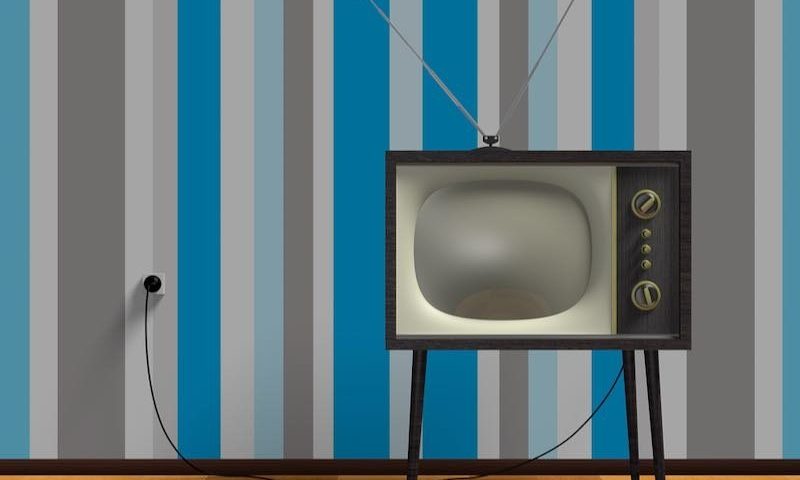In a dream come true for kids, rather than dissuading their pediatric patients from watching too much TV, physicians may now actually prescribe screen time as part of a therapeutic regimen.
The FDA issued a de novo premarket approval for Luminopia’s digital program that aims to treat amblyopia, or lazy eye, using modified TV shows and movies viewed through a virtual reality headset.
Children who are prescribed Luminopia One will wear the VR headset for an hour a day to watch familiar shows and movies of their choice from the comfort of their own homes. The content will be modified in real-time by Luminopia’s algorithms embedded in the headset to promote usage of a patient’s weaker eye and encourage their brains to combine input from both eyes, therefore teaching the eyes to work together.
The FDA approval—the agency’s first for a digital therapeutic to treat a neurovisual disorder—allows physicians to prescribe Luminopia One to children between the ages of four and seven who have been diagnosed with amblyopia that’s linked to anisometropia, in which the eyes have different refractive powers, and/or mild strabismus, or crossed eyes. The system will be prescribed for daily use six days a week, for 12-week periods.
Luminopia said it expects to begin rolling out its digital therapeutic by the second quarter of 2022.
The VR-based program earned the first-of-its-kind FDA approval based on the merits of a handful of clinical trials including a phase 3 study that the Massachusetts-based startup said is the first in over a decade to demonstrate the success of a new treatment for amblyopia.
In that trial, 105 children were assigned to be treated with either Luminopia One and glasses or, in the control group, glasses alone. By the 12-week mark, the visual acuity of the weaker eyes of those in the treatment group had improved by nearly two lines on a standard LogMAR eye chart, while the control group improved by an average of 0.8 lines. A total of 62% of those in the treatment group saw their weaker eyes improve by more than two lines, compared to just one-third of the control group.
The digital therapeutic also proved to be more popular with its young users than alternative treatments. Their median adherence to the program reached 88% throughout the study period, while studies requiring children to wear eye patches often see their adherence levels hover below the 50% mark, according to Luminopia.
Luminopia One stands in stark contrast to traditional treatments for amblyopia, which typically combine glasses with an eye patch or blurring eye drops to diminish reliance on the stronger eye and force patients to use their weaker eye. This method stops short of training the eyes to work together as Luminopia One aims to do.
“Amblyopia is one of the most common conditions I manage as a clinician, and patients, parents and physicians often struggle with current therapies,” said David Hunter, M.D., Ph.D., ophthalmologist-in-chief at Boston Children’s Hospital and advisor to Luminopia. “The idea of prescribing TV shows and movies to treat amblyopia in children instead of eye patches or eye drops is an exciting prospect.”

